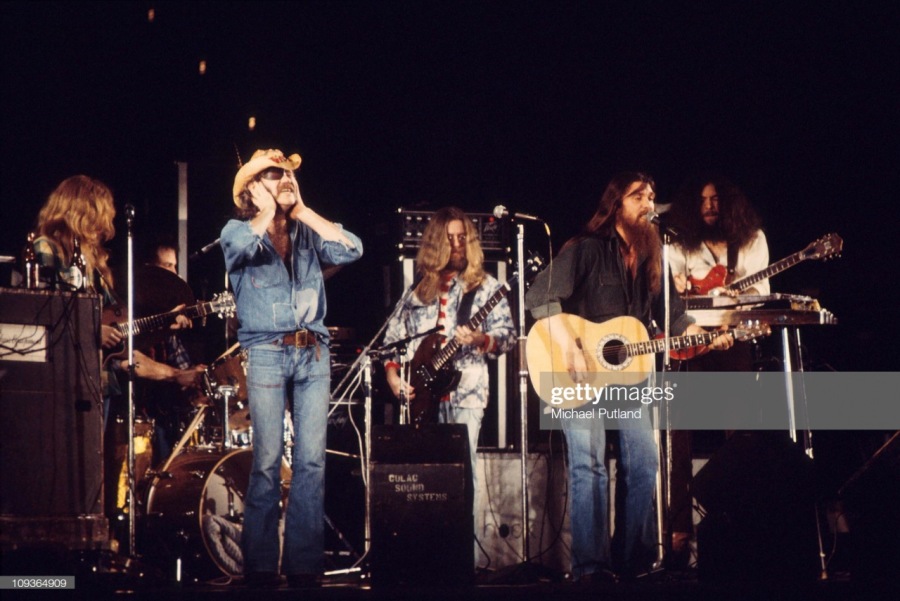MUSIC HISTORY: Ragtime

Ragtime music evolved in the late 19th century from the jigs and march music played by African American bands, referred to as "jig piano" or "piano thumping".
By the start of the 20th century, Ragtime became widely popular throughout North America. A distinctly American musical style, Ragtime may be considered a synthesis of African syncopation and European classical music, especially the marches made popular by John Philip Sousa (see my post on The March King).
In 1895, black entertainer Ernest Hogan composed two of the earliest sheet music rags, one of which ("All Coons Look Alike to Me") eventually sold one million copies. The other composition was called “La Pas Ma La” which was also a hit.
As fellow black musician Tom Fletcher said, Hogan was the "first to put on paper the kind of rhythm that was being played by non- [music] reading musicians."
The heyday of ragtime occurred before sound recording was widely available. Like classical music, and unlike jazz, classical ragtime therefore had a written tradition, being distributed by way of sheet music, rather than through recordings or by imitation of live performances. Ragtime music was also distributed via piano rolls for player pianos.
In 1899, Scott Joplin's "Maple Leaf Rag" sheet music was published and became a great hit and demonstrated more depth and sophistication than earlier ragtime. Here is Joplin playing his own composition on a piano roll.
Ragtime was one of the main influences on the early development of jazz (along with the blues). Jazz largely surpassed ragtime in mainstream popularity in the early 1920s. Some artists, such as Jelly Roll Morton, were present and performed both Ragtime and jazz during the period the two styles overlapped. He also incorporated the Spanish Tinge in his performances, which gave a habanera or tango rhythm to his music.
Novelty piano (or novelty ragtime) emerged as the traditional rag was fading out. Where traditional Ragtime depended on amateur pianists and sheet music sales, the novelty rag took advantage of new advances in piano-roll technology and the phonograph record to permit a more complex, performance-oriented style. Chief among the novelty rag composers was Zez Confrey, whose "Kitten on the Keys" popularized the style in 1921.
Ragtime also served as the roots for stride piano, a more improvisational piano style popular in the 1920s and 1930s. In fact, elements of ragtime found their way into much of the American popular music of the early 20th century. It played a central role in the development of the musical style later referred to as Piedmont blues; much of the music played by such artists of the style as Reverend Gary Davis, Blind Boy Fuller, Elizabeth Cotten, and Etta Baker could be referred to as "ragtime guitar." Here's Blind Boy Fuller with “Rag, Mama, Rag”.
Ragtime guitar continued to be popular into the 1930s, usually in the form of songs accompanied by skilled guitar work.
As noted above, Ragtime fell out of favour as jazz claimed the public's imagination, but there have been numerous times when it has been re-discovered. First in the early 1940s, many jazz bands began to include Ragtime in their repertoire and put out recordings on 78 rpm records. Here's The Andrews Sisters with “Alexander's Ragtime Band”.
A more significant revival occurred in the 1950s as a wider variety of Ragtime genres of the past were made available on records, and new rags were composed, published, and recorded. Here's George Lewis and His Ragtime Jazz Band with “Bucket's Got a Hole In It”.
In 1971 Joshua Rifkin brought out a compilation of Scott Joplin's work which was nominated for a Grammy Award. In 1973 The New England Ragtime Ensemble recorded The Red Back Book, a compilation of some of Joplin's rags in period orchestrations edited by conservatory president Gunther Schuller. This also won a Grammy for Best Chamber Music Performance of the year and was named Billboard's Top Classical Album of 1974. Subsequently, the motion picture The Sting (1973), starring Paul Newman and Robert Redford, brought Ragtime to a wide audience with its soundtrack of Joplin tunes. The film's rendering of "The Entertainer", adapted and orchestrated by Marvin Hamlisch, reached number 3 on the Billboard pop chart and spent a week at number 1 on the easy listening chart.
Ragtime—with Scott Joplin's work at the forefront—has been cited as an American equivalent of the minuets of Mozart, the mazurkas of Chopin, or the waltzes of Brahms. Check out more of Joplin's great Ragtime music on YouTube.
Thanks for listening. Hope to see you again next time when we take a journey back in Music History.
(Information used in this post from Wikipedia.)

Dominique "Nik" Petersen is an aficionado of old music and the author of The Dr. Hook Trivia Quiz Book. Read about it and her other books at the website:
""
Articles from Dominique 🐝 Petersen
View blog
We've taken a look at how girls saw their boyfriends back in the 1960s (see Part 1 and Part 2). Perh ...

This week I'd like to take you back to the 1950s for some more Doo-Wop. If you missed Part 1, click ...

"The Ballad of Lucy Jordan" is a song by American poet and songwriter Shel Silverstein. It was origi ...
You may be interested in these jobs
-

Senior Day Camp Counsellor
Found in: Talent CA C2 - 1 day ago
Ville de Côte Saint-Luc Côte Saint-Luc, Canada OtherThe City of Côte Saint-Luc is a dynamic municipality on the island of Montreal with a population of approximately The City prides itself on providing the highest level of services to its residents at a reasonable cost. We are currently looking to hire a Day Camp Counselorfor the ...
-
food service supervisor
Found in: Talent CA 2 C2 - 1 day ago
5009143 Ontario Inc Kemptville, CanadaEducation: · Expérience: · Education · Secondary (high) school graduation certificate · Tasks · Establish methods to meet work schedules · Supervise and co-ordinate activities of staff who prepare and portion food · Train staff in job duties, sanitation and safety procedures · ...
-
hairstylist
Found in: Talent CA 2 C2 - 5 days ago
1179549 Alberta Ltd. O/A Savani Hair Team Edmonton, CanadaEducation: · Expérience: · Education · Secondary (high) school graduation certificate · Tasks · Book appointments · Supervise other hair stylists and other staff · Apply hair extensions · Clean and style wigs and hair pieces · Cut, trim, taper, curl, wave, perm and style hair · ...


Comments
Dominique 🐝 Petersen
6 years ago #2
Franci\ud83d\udc1dEugenia Hoffman, beBee Brand Ambassador Thanks, Franci—and thanks for the share! ;o)
Dominique 🐝 Petersen
6 years ago #1